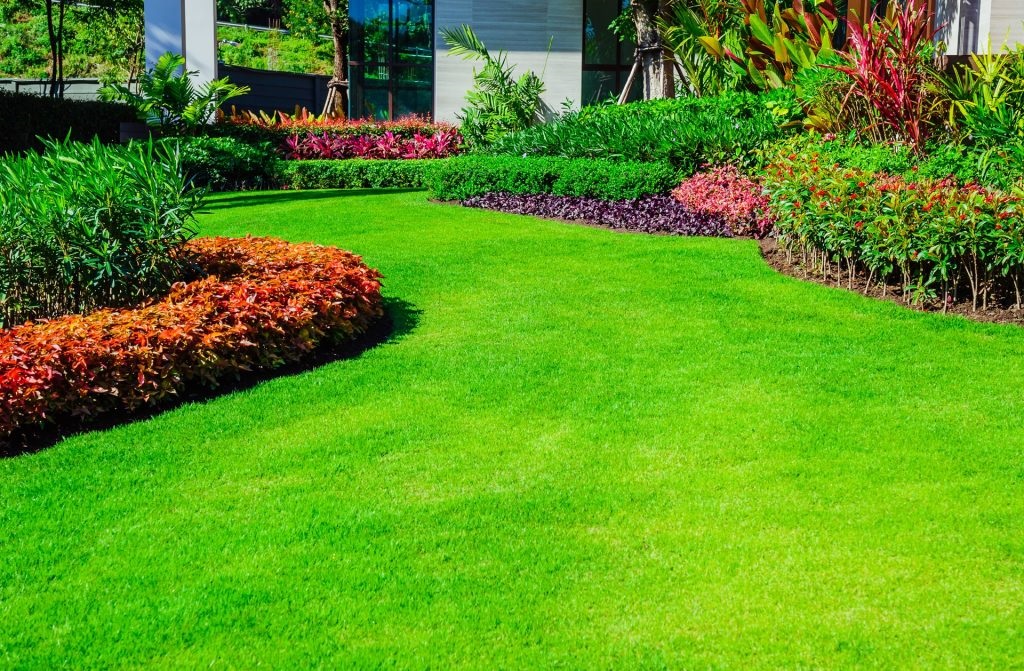
Florida is known for its warm and sunny weather, which makes it a great place to live. However, the sandy soil and humid climate can make it quite challenging to maintain a healthy and vibrant lawn. To achieve a lush, green lawn in Florida, it is essential to select the right type of grass that can withstand the climate and soil conditions of the region. Selecting the perfect type of grass can make all the difference in achieving a beautiful lawn. In this guide, we’ll delve into the world of florida grass types, exploring which varieties thrive in sandy conditions and transform your lawn into a vibrant oasis.
Understanding Sandy Soil
Before we dive into the specific grass types, let’s take a moment to understand sandy soil. It drains quickly, which can be both a blessing and a curse for your lawn. While it helps prevent waterlogging, it also means that nutrients can leach away. Choosing grass varieties that can adapt to these conditions is key to a flourishing lawn.
The Top Contenders: St. Augustine Grass
St. Augustine (Floratam)
St. Augustine grass, especially the Floratam variety, is a popular choice in Florida. Known for its lush, dark green color, it thrives in sandy soils. Floratam is not only resistant to pests and diseases but also has a high tolerance for heat and humidity.
Bahia Grass
Bahia grass is another contender for sandy lawns. Its deep roots make it well-suited for the loose structure of sandy soil. Bahia grass is also drought-tolerant, making it an excellent choice for the often arid Florida climate.
Sun-Loving Champions
Zoysia Grass

Zoysia grass varieties, such as Empire Zoysia, are known for their resilience in sandy soils. These grasses form a dense, carpet-like turf, providing a comfortable surface for outdoor activities. Additionally, Zoysia grass has excellent heat tolerance and thrives in full sun.
Bermuda Grass
Bermuda grass is a sun-loving champion that can handle the sandy conditions prevalent in Florida. It establishes quickly and, with proper care, creates a dense and durable lawn. Bermuda grass is particularly resilient to high temperatures, making it an ideal choice for the Sunshine State.
Shade-Tolerant Options
Centipede Grass
For areas with partial shade, Centipede grass is a fantastic choice. It adapts well to sandy soils and requires less maintenance than some other grass types. Centipede grass is known for its low fertility requirements, making it suitable for sandy lawns where nutrient retention can be a challenge.
Tips for Successful Establishment
Soil Preparation
Before planting any grass type, proper soil preparation is crucial. Amend sandy soil with organic matter to improve water and nutrient retention. This step sets the foundation for a healthy lawn.
Adequate Watering
While sandy soil drains well, it’s essential to provide consistent and adequate watering, especially during dry spells. This helps the grass establish deep roots and withstand the challenges of sandy conditions.
Tips for Sandy Lawn Success

- Soil Amendments: Amending your sandy soil with organic matter like compost or aged manure is crucial. This improves drainage, adds nutrients, and helps retain moisture.
- Watering Deeply and Less Frequently: Frequent shallow watering encourages shallow root growth, making your lawn more susceptible to drought. Instead, water deeply and less often to encourage deep root development.
- Fertilizing Strategically: Sandy soil leaches nutrients quickly, so choose a slow-release fertilizer formulated for sandy soils. Apply regularly but follow the recommended dosage to avoid burning your grass.
- Mowing at the Right Height: Mowing too low stresses your grass and makes it more susceptible to heat and drought. Maintain a higher mowing height for each grass type to promote healthy growth and shade the soil.
Conclusion
Choosing the right florida grass types for your sandy lawn is a decision that impacts the aesthetics and health of your outdoor space. Consider factors like sunlight, shade, and maintenance preferences to make an informed choice. Whether it’s the robust Floratam St. Augustine or the resilient Bermuda grass, there’s a perfect match for every sandy lawn.
FAQs
Q1: Can I grow any grass in sandy soil?
Yes, but selecting grass varieties adapted to sandy soil conditions greatly improves your chances of success.
Q2: How often should I water my sandy lawn?
Watering frequency depends on factors like weather and grass type. Generally, aim for deep, infrequent watering to encourage deep root growth.
Q3: Is Bahia grass suitable for shaded areas?
Bahia grass prefers full sun but can tolerate some shade. If your lawn has significant shade, consider a shade-tolerant variety like Centipede grass.
Q4: Can I mix different grass types in my lawn?
While it’s possible, it’s generally recommended to choose a single grass type for a more uniform and aesthetically pleasing lawn.
Q5: When is the best time to plant grass in Florida?
Fall is an ideal time to plant grass in Florida as the cooler temperatures promote root establishment without the stress of summer heat.





